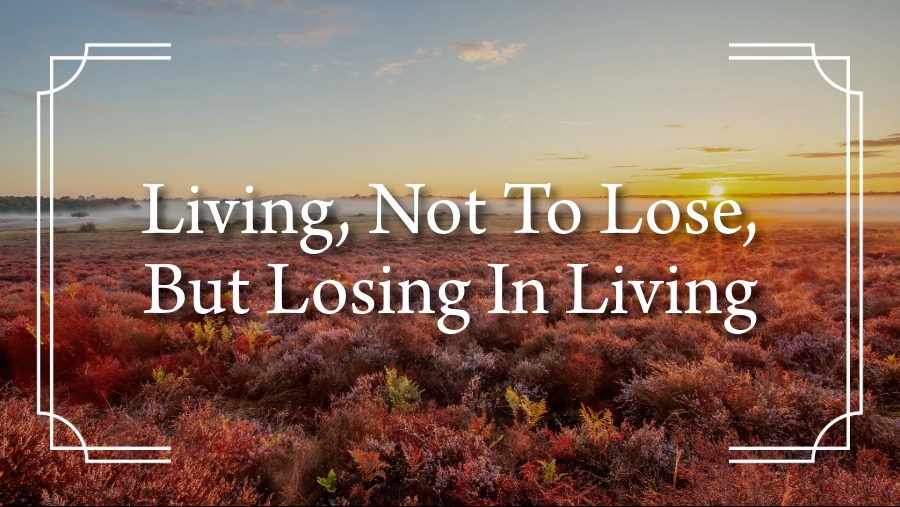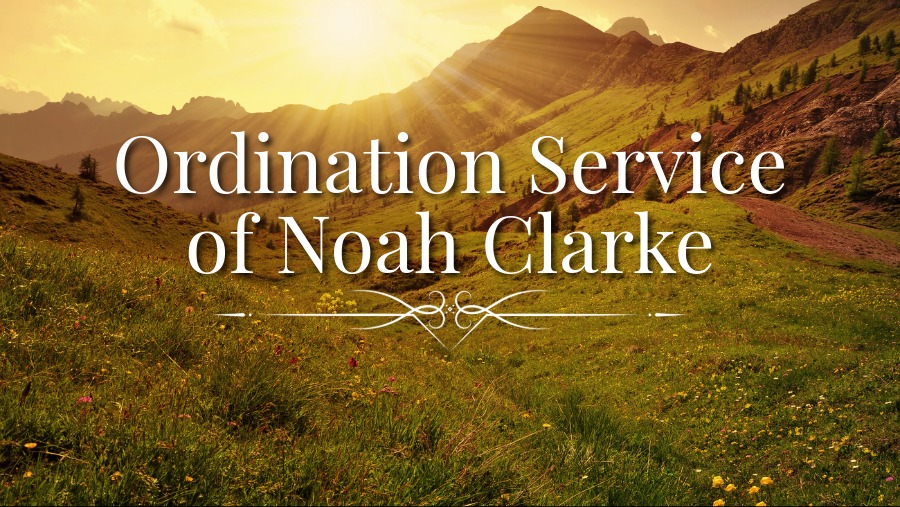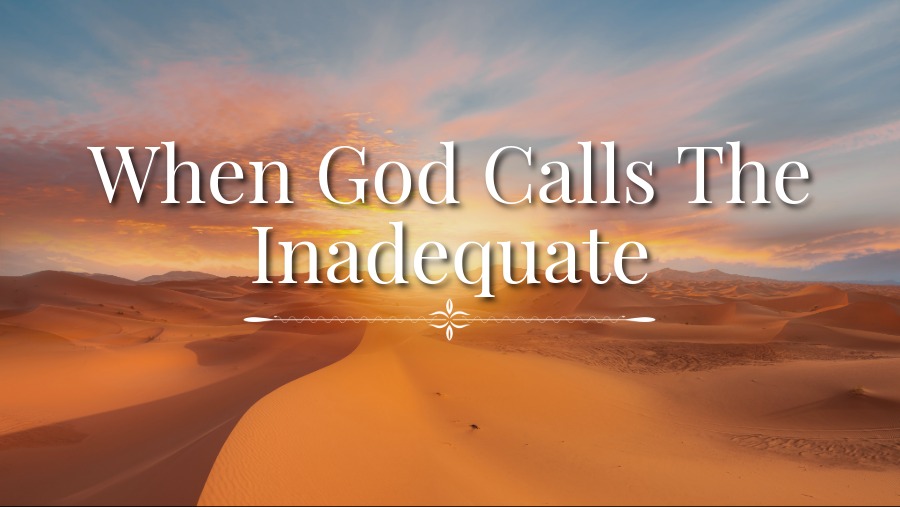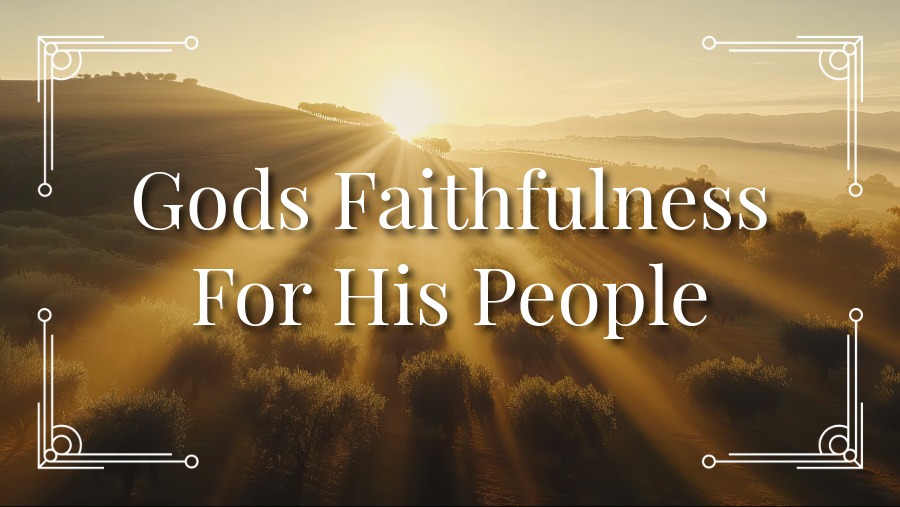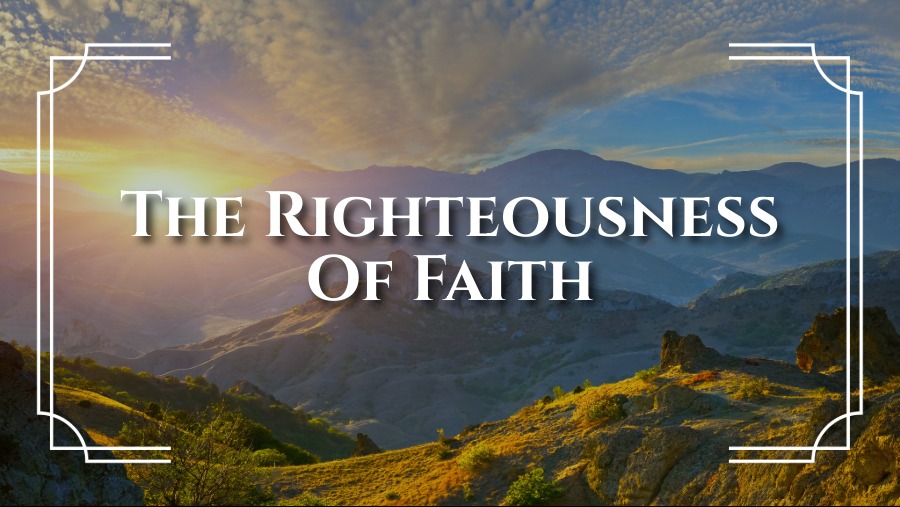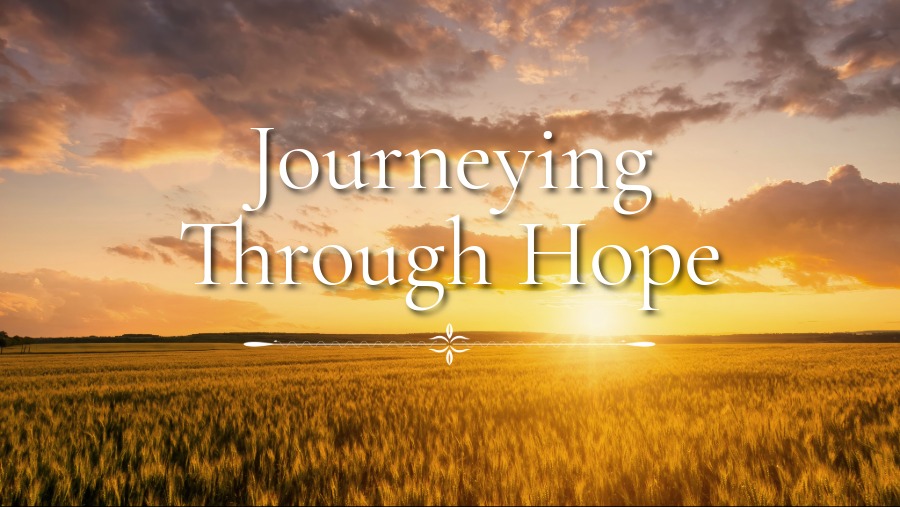
Journeying Through Hope
Summary of “Journeying Through Hope”
In this sermon, the preacher explores the biblical theme of hope by weaving together passages from Proverbs 13, the book of Ruth, and illustrative references to Job and Martin Luther King Jr. He structures his message around three key insights: how hope dies in the world, how hope is discovered in famine, and how hope is delivered in a person.
1. Hope Deferred (Proverbs 13:12)
The sermon opens with Proverbs 13:12—“Hope deferred maketh the heart sick, but when the desire cometh, it is a tree of life.” The preacher emphasizes that “heart” in Scripture often denotes one’s mind or will. When our hopes are delayed, our thinking grows twisted and disoriented; by contrast, fulfilled desire brings life and vitality. This verse sets the foundation for understanding the spiritual journey of hope: it must be rooted not in earthly circumstances or people, but in divine timing and provision.
2. Hope Dies in the World (Ruth 1)
Turning to Ruth 1, the preacher examines Naomi’s tragedy in the “world” of Moab—a land symbolizing spiritual barrenness. Naomi’s husband and two sons relocate there during a famine, only to die, leaving her “bitter, broken, and barren.” Her declaration, “Call me Mara [‘bitter’], for the Almighty hath dealt bitterly with me” (Ruth 1:20), illustrates how hope can perish when misplaced in people or situations. Three signs of this deadened hope emerge:
- Grief that overwhelms the soul (Ruth 1:13).
- Misguided counsel, as Naomi urges Ruth to follow her back into the world’s idolatry (Ruth 1:15).
- Distorted view of God, seeing Him as adversarial rather than sustaining (Ruth 1:13, 20).
Through Naomi’s experience, the congregation is warned that trusting the world inevitably leads to spiritual emptiness.
3. Hope Is Discovered in Famine
The preacher highlights the “law of first mention” for hope in Scripture, noting that the word first appears in times of scarcity. He parallels Naomi’s famine with:
- Martin Luther King Jr., who, despite the brutal injustices of his era, proclaimed, “We must accept finite disappointment but never lose infinite hope.”
- Job, the “perfect and upright” man who loses family, wealth, and health, yet—in his suffering—begins to ask, “What is my strength that I should hope?” (Job 6:11).
These examples show that true hope is forged in adversity, not in moments of comfort. When all human supports fail—whether family, finances, or one’s own abilities—the soul learns to look beyond itself to God’s sustaining grace.
4. Hope Delivered in a Person (Ruth 2–4)
Finally, the sermon turns to Ruth chapter 2, where Naomi’s “kinsman-redeemer,” Boaz, becomes the tangible source of renewed hope. Boaz’s kindness in allowing Ruth to glean extra grain amid famine points ahead to Christ, our ultimate Redeemer. The preacher outlines the unfolding of God’s provision:
- Recognition of the Redeemer: Ruth discovers Boaz’s identity as a next-of-kin who can restore Naomi’s legacy.
- Act of Faith: Ruth follows Naomi’s guidance in seeking Boaz, demonstrating trust amid uncertainty.
- Fulfillment of Promise: Boaz legally redeems Ruth, marries her, and through their son Obed (meaning “worship” or “praise”), not only restores Naomi’s lineage but establishes a heritage leading to King David.
This redemptive arc teaches that hope is not an abstract concept but is embodied in the person of Christ, who meets us in our “famine,” rescues us at cost, and ushers in a future marked by praise and blessing.
5. Application and Invitation
The preacher closes by asking each listener: Where is your hope today? He challenges the congregation to examine whether they have placed their confidence in wavering sources—people, possessions, or self—or whether, like Ruth and Job, they have discovered a hope that endures because it rests in God’s faithful character and in the person of Christ.

.jpeg)

